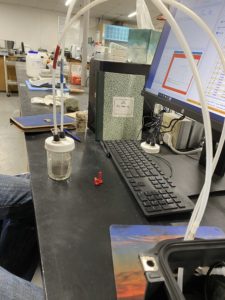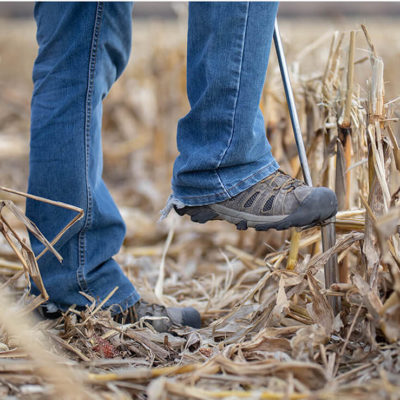When you inhale air into your lungs and then exhale it, you are breathing or performing respiration. Our lives would be short if we did not constantly perform this simple action. Respiring supplies the cells in our body with needed oxygen and removes carbon dioxide waste.
Like an engine
An easy way to understand why our cells need oxygen would be to think of oxygen as a “fuel additive”. This fuel additive is mixed by our cells with the “fuel” (food) we provide them. So, they can “burn” this mixture in a highly efficient “engine” known as cellular respiration. No oxygen means no cellular respiration, and no cellular respiration means not enough energy to function.
Breathing without lungs
Now, humans are not the only organisms that use cellular respiration. Many diverse organisms use cellular respiration to meet their energy needs. Curiously, some of them have no mouth, lung(s), or circulatory system (for example, plants and bacteria). Instead of breathing air, these organisms “breathe” through their cell walls and membranes, capturing oxygen from the air passively. Despite this major physical difference, the components of the “engine”, the process of cellular respiration is essentially the same between the two groups.
Evaluation of respiration
What a strange but useful insight! Just think about how our breathing responds dynamically (going up when we are working hard) versus longitudinally (the slow, steady breathing of a distance runner). In more playful terms, your doctor is probably not checking your breathing every wellness visit because they have time to kill! Assessing breathing gives useful information about health status. Which can be crucial for informing medicinal, dietary, or activity recommendations. Assessing respiration in other organisms could be put to similar use.
This is what drives the interest in soil respiration testing for soil health assessment. Obviously, soil does not breathe, but soil properly understood is not simply dirt. It is everything beneath your feet, which includes microorganisms. They do breathe and microbial activity is vital for nutrient cycling, which is vital for other organisms living in soil.
The dynamic and synergistic relationship of all the constituents of soil present a challenge when evaluating its health. However, there is real promise that with diligent, careful work we will develop a simple test suite that can do the job well. Soil respiration will undoubtedly play a key part in the pursuit of this goal. At Ward Laboratories, Inc. we are committed to developing and curating our testing platform to offer the best methods and equipment for our customers. Additionally, we strive to communicate the information you need to know!

Originally published in the October 2021 WardLetter.




